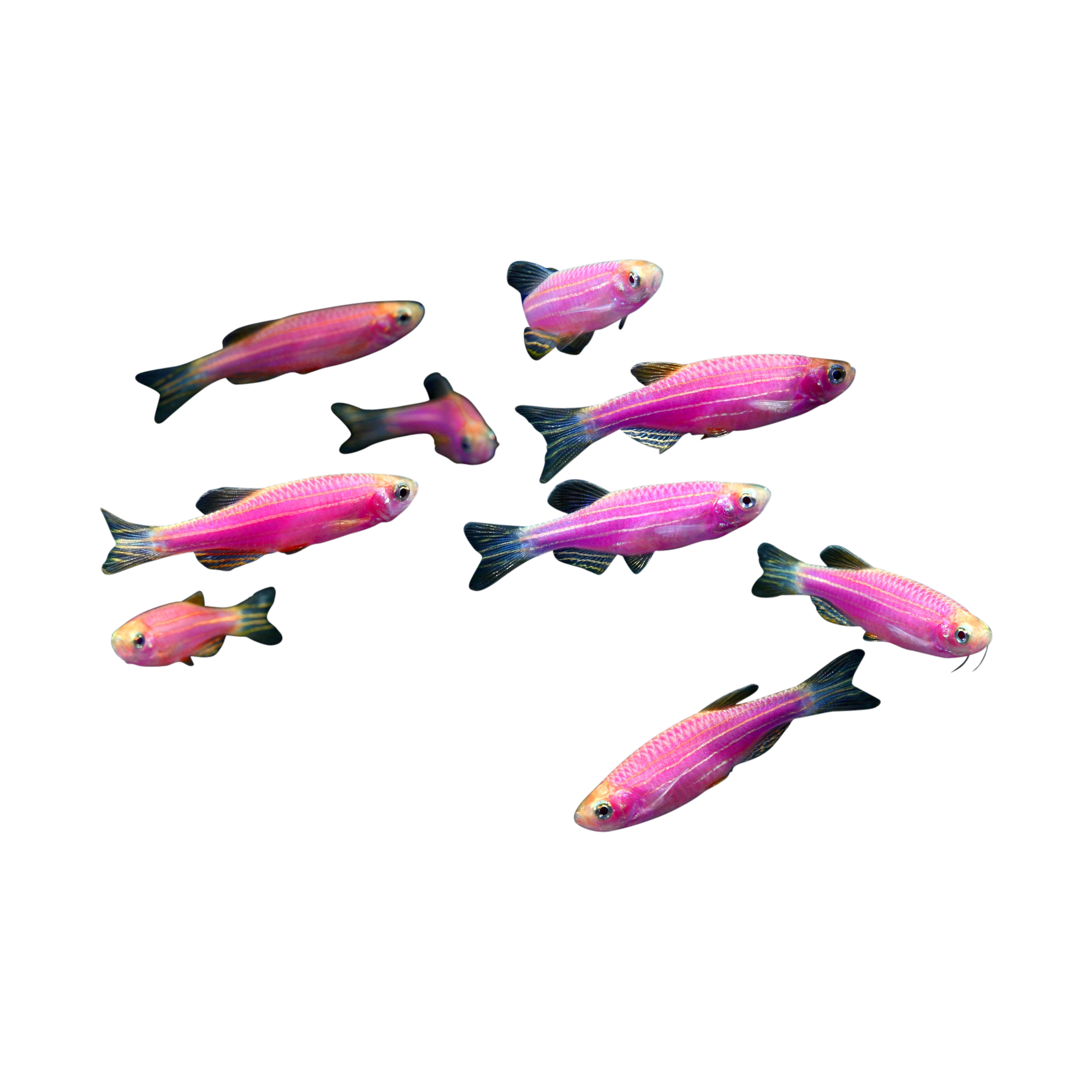Fish Care Guides
Explore free expert fish care tips, guides, Q&As, and in-depth breakdowns of medications and health conditions.

Vet Q&A
Show AllMy Fish Stay at the Bottom of a Clean Tank, Are They Ok?
Cleaning the filter and changing the water may have upset the nitrogen cycle in your tank. This is due to removal of beneficial bacteria which convert ammonia (from waste, food, urine, etc.) to nitrites. Water and filter changes can be stressful as well. If you have the means, test your tank water for ammonia, nitrite, nitrate and pH levels. Adjust accordingly using conditioned water or additives that will bind harmful compounds. You can also submit a water sample for testing. Moat pet stores or professional aquarists will do this for free or for a nominal fee.
Read MoreMy goldfish is staying at the bottom of the tank and is bent at an angle. Sometimes he frantically swims for 1 sec. He also doesn't/can't eat. What do I do?
Goldfish sit at the bottom of a tank when they are not well, often because toxins have built up in the water. Goldfish are usually active, and lethargy is a sign of illness. Maintaining good water quality is essential for proper aquarium care. In the enclosed, finite space of a fish tank, toxic elements, such as ammonia and nitrates, can build up in the water causing disease and killing fish. The only way to detect and control toxins is to perform regular chemical tests on the water and to perform gradual water changes to remove impurities and maintain the proper water parameters.
Read MoreMy goldfish's fins are turning black. I changed the whole water 2 days back. I put medicine after every water change. Still it's increasing. What should I do? And how often should I change the water and amount of water I should change? Can we substitute aquarium salt with any other things.
Elevated ammonia levels can result in "burns" which may turn fins and scales black. Use a home test kit or submit a water sample for testing. Most pet or fish stores will do this for free or for a nominal fee. If ammonia levels are elevated, daily partial water changes, using aged or conditioned water, can decrease ammonia to safe levels (0.25 ppm or less). StressCoat or plain aquarium salt (NOT table salt) can aid in healing. Dissolve 1 teaspoon of salt per gallon of water into a cup of tank water and gently pour it into the tank. Confirm adequate filtration. The filter should be rated for at least twice the volume of the tank. You can change 20-30% of the tank water every couple of weeks. Use only aged or conditioned water that is temperature matched to prevent stress or shock.
Read MoreMy goldfish can't close it's mouth. He is eating and swimming normally, but he keeps his mouth open all the time. What can I do?
eIf you can, look in the mouth for foreign bodies (gravel, food, etc), tumor or any redness, swelling or discharge. You should also check water chemistry. If ammonia or nitrites are elevated, perform daily partial water changes to stabilize chemistry and maintain water quality. Use only aged or conditioned water that is temperature matched to prevent further stress or shock. Goldfish do best in cooler waters, between 65F and 72F. Trauma is also a possibility. A fractured or dislocated jaw can be the result of hitting the glass or tank furniture or from bullying. Swelling from infection is also a possibility. Monitor for redness, bruising, lethargy or loss of appetite. A broad spectrum antibiotic can be used if necessary. Find one, such as maracyn or kanaplex, in the aquarium section of the local pet or fish store. Follow label directions carefully and remove the carbon filter insert during treatment if indicated. Maintaining adequate water quality and parameters will aid in any healing. Plain aquarium salt (NOT table salt) can be used as a general tonic. It will reduce stress, improve gill function, aid in recovery and may help treat minor infection. Dissolve 1 teaspoon per gallon of water in a cup of tank water and gently pour it into the tank. Treat for 10-14 days. When performing water changes, treat only the amount of water being replaced with salt, not the entire tank volume.
Read MoreSponsored
Two Easy Ways to Start Earning Rewards!
Become a member today!Members-only pricing and offers, personalized care notifications, Vital Care points back on every purchase and more!Become a credit card member today!
Earn 2X Pals Rewards points at Petco
when you use Petco Pay!APPLY NOWLearn More About Petco Pay Benefits
















